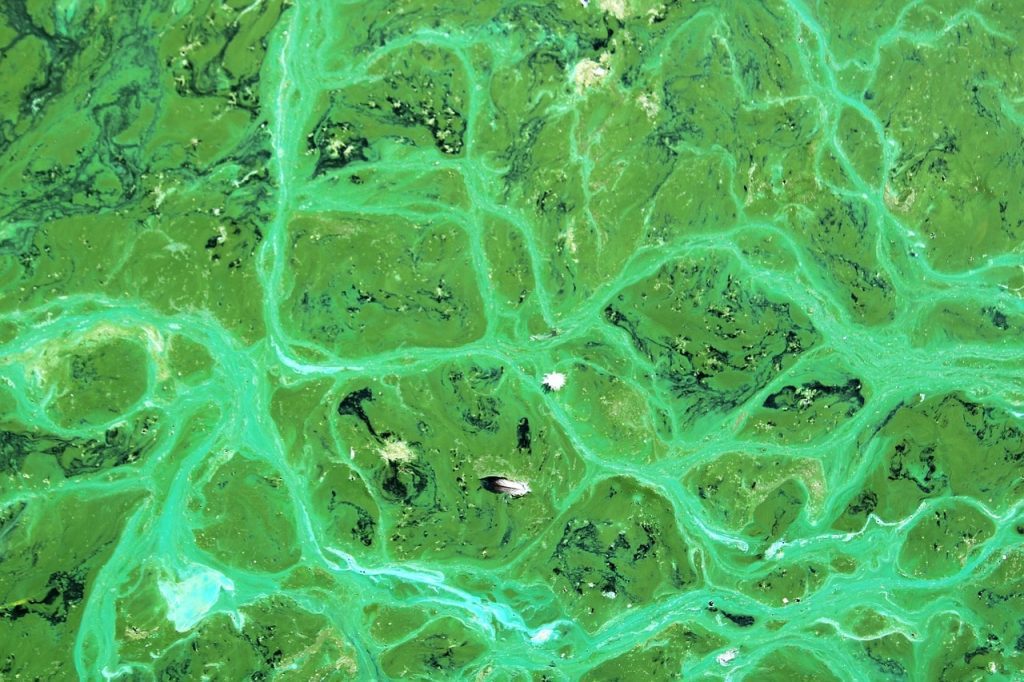Fossilized bacteria from Australia contain the oldest evidence of photosynthetic structures called thylakoids. These may have caused an increase in the amount of oxygen on Earth.
Researchers have discovered photosynthetic structures in cyanobacterial fossils dating back 1.75 billion years. The discovery was published in the scientific journal natureIt is the oldest evidence of these structures to date. It provides insight into the evolution of photosynthesis: the process by which oxygen is made.
Paleobiologist Emmanuel Jafoux She and her colleagues from the University of Liège in Belgium analyzed fossils from rocks at three sites. The oldest site is the approximately 1.75 billion-year-old McDermott Formation in Australia. The other two are the billion-year-old Grassy Bay Formation in Canada and the Bllc6 Formation in the Democratic Republic of the Congo.
Read also
Domestic cats eat more than 2,084 species of animals
The list of domestic cats consists of at least 2,084 animal species, including 347 species that are threatened with extinction. But the owners don't want to hear about any actions.
Diamond knife
The researchers extracted fossilized cyanobacteria from these rocks, which produce energy through the process of photosynthesis. “It's very small, less than a millimeter in size, so you can't see it with your eyes,” says Javoux. She and her colleagues placed the fossils in a resin, then cut them into slices 60 to 70 nanometers thick with a diamond knife. They then analyzed the internal structures using an electron microscope.
They discovered that cyanobacteria from Australia and Canada contain thylakoids. These are membrane sacs in which photosynthesis takes place.
“These are the oldest fossilized thylakoids that we know of,” says Javoux. Previously, the oldest thylakoid fossils were about 550 million years old. “We've extended the fossil record by 1.2 billion years,” she says.
Oxygen
This is important because not all cyanobacteria have thylakoids, and it is unclear when these structures, which make photosynthesis more efficient, first evolved, Earth scientist says. Kevin Boyce From Stanford University in the United States. He says: We can now date this evolutionary step to at least 1.75 billion years ago. The oldest cyanobacterial fossils are about 2 billion years old, although other evidence, such as traces of geochemical processes, suggests that photosynthesis has been around for much longer.
It is generally believed that cyanobacteria caused a buildup of oxygen in Earth's atmosphere 2.4 billion years ago. “One idea is that at that time they may have invented thylakoids, which increased the amount of oxygen on Earth,” says Javoux. “Now that we have found very ancient thylakoids, combined with the fact that they can be preserved in very ancient rocks, we think we can go back even further in time to test this hypothesis,” she says.

“Lifelong entrepreneur. Total writer. Internet ninja. Analyst. Friendly music enthusiast.”












More Stories
Monster Jam Showdown Launch Trailer
The European Digital Twin Ocean prototype reveals many possibilities
Instagram now lets you add a song to your account